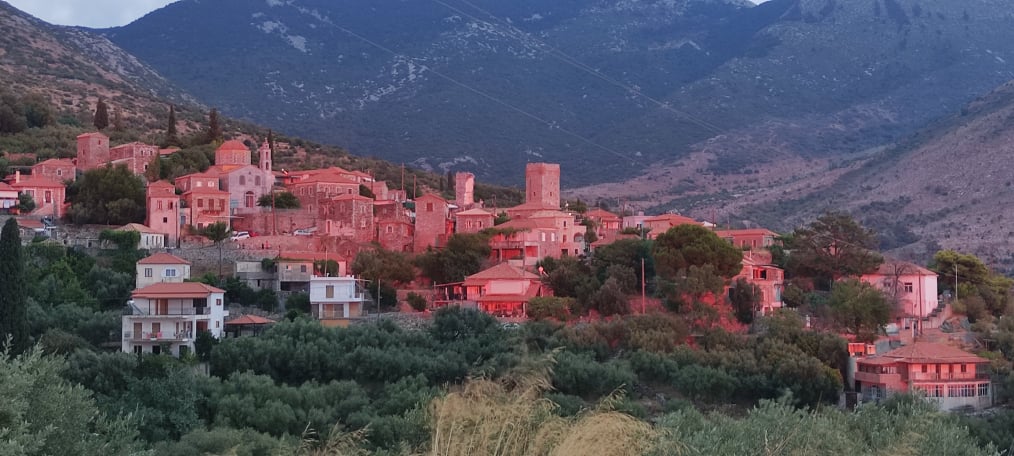Sights
The landscape of Mani is special both in terms of its physical configuration and its architectural features. In Mani there are many stone towers, 7 castles, plenty of archaeological sites, Byzantine and post-Byzantine churches with excellent paintings. The area is home to 98 of the Peloponnese's 118 officially designated traditional settlements, along with many caves, cobblestones and gorges for hikers. The villages of Mani preserve their traditional architecture and their special way of life. Nestled between the rugged mountains, beautiful and imposing, they are waiting to tell their story to visitors.
From the landscape of Western Mani, stand out:
Kardamili, with its Byzantine monuments and the gorge of Byros, Stoupa, Lagada with its stone tower houses, the villages of Mount Taygetos, Tseria, Kastania and Milia.
Areopolis with its cobblestones and towers that have been declared monuments.
The uniquely beautiful lake caves of Diros
Tainaro, the southernmost tip of continental Europe, with the ancient temple of Poseidon.
The islet of Kranai with the traditional tower of Tzannetakis Grigorakis (1829) which today houses the Historical and Ethnological Museum of Mani.
The Mavromichalaia mansion in Areopolis.
The picturesque Limeni opposite the Homeric Oitylo with the palace of Mavromichalis.
The imposing Taygetos with its rich fauna and flora, herbs and endemic plants, but also its gorges.
Gytheio with its port and special architecture, Gerolimenas, Vathia, Kotronas with its beaches and traditional architecture, Porto Kayo, Laia, Akrotiri Tainaro, Nyfi and Kotronas are attractions of the municipality of Eastern Mani.
Mani's products are thyme honey, smoked syngline, diples, oil, olives, carobs and aromatic plants (tea, sage, thyme, etc.) as well as "lupins".
Passer by, you see Mani in three days,
walker in three months,
and to see her soul you need three lives.
One for the sea, one for its mountains and one for its people.
Patrick Lee Fermor
The British writer Patrick Leigh Fermor traveled and lived for many years in Mani, about which he wrote a travel book entitled "Mani - Travels in the southern Peloponnese" (1958). He loved Mani so much that he came and settled permanently in Kardamili until he was 96 years old, where he died.

